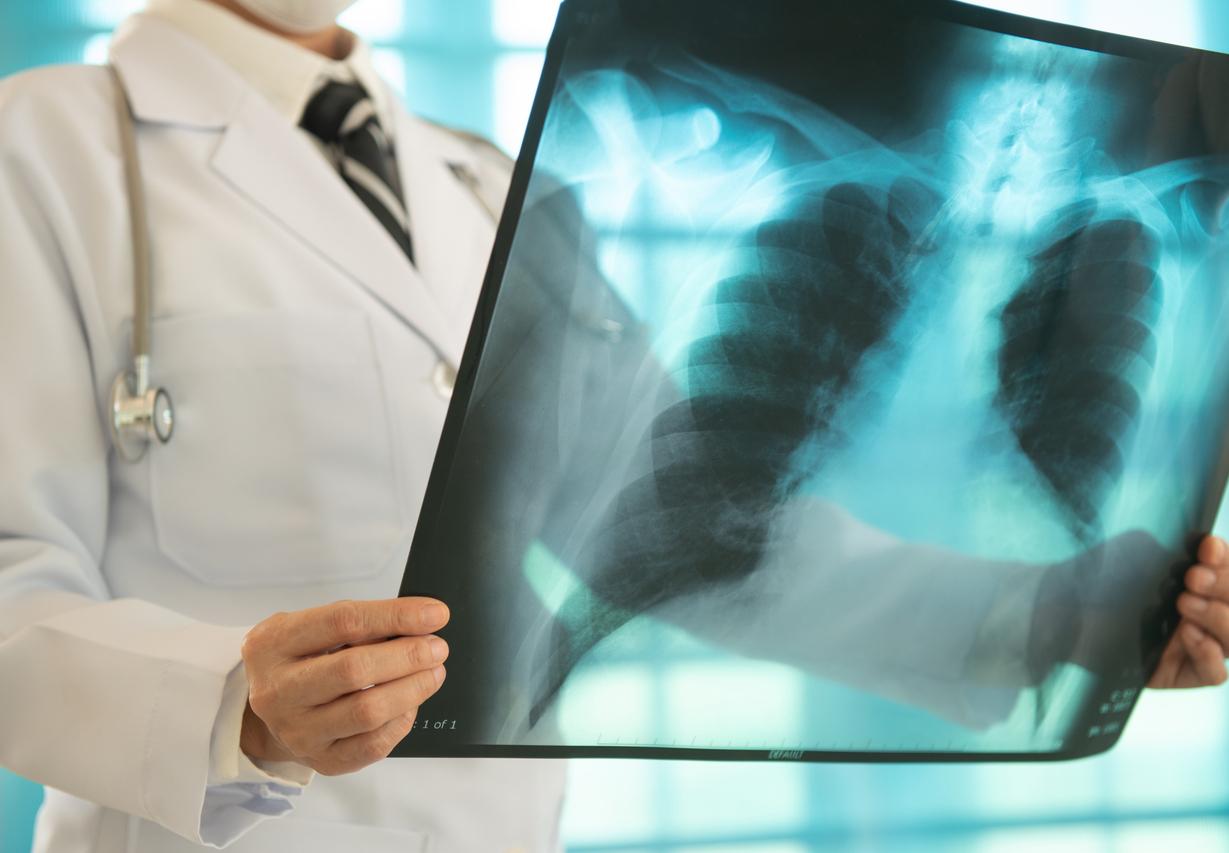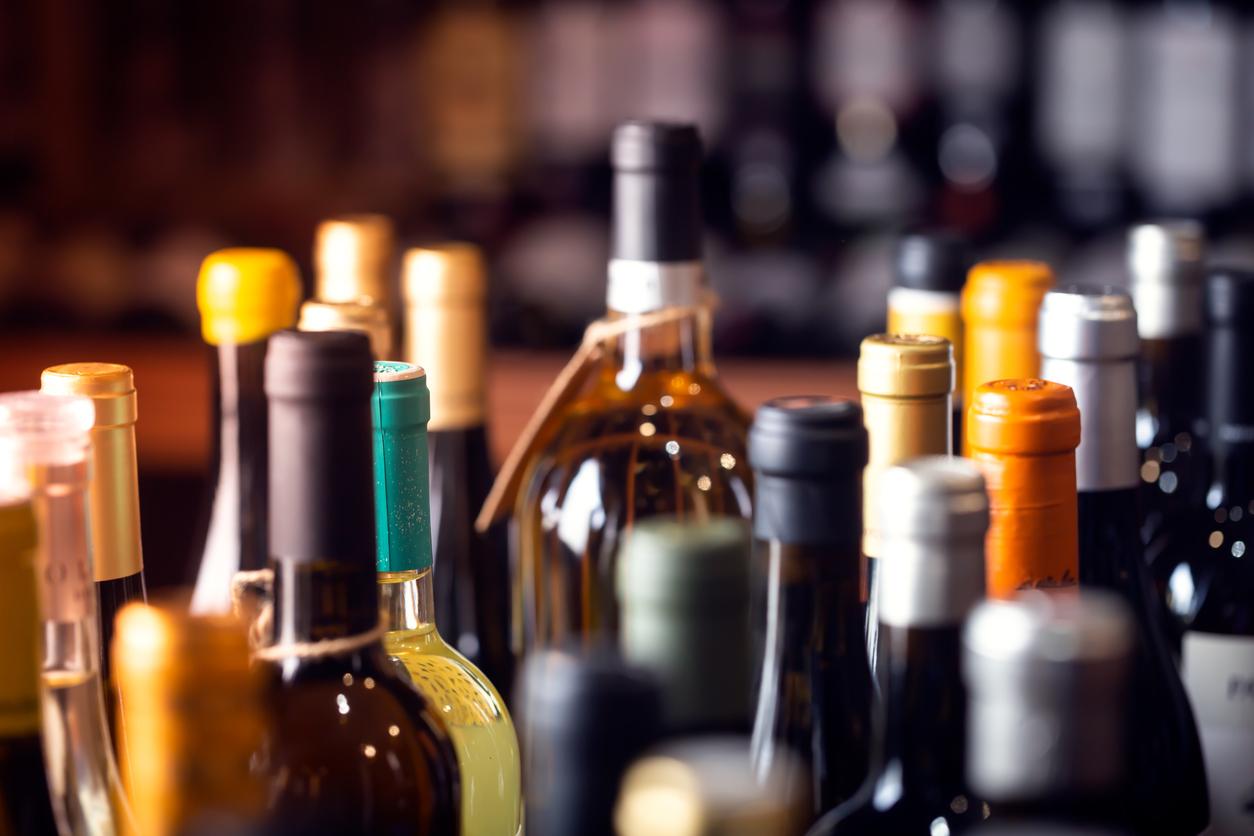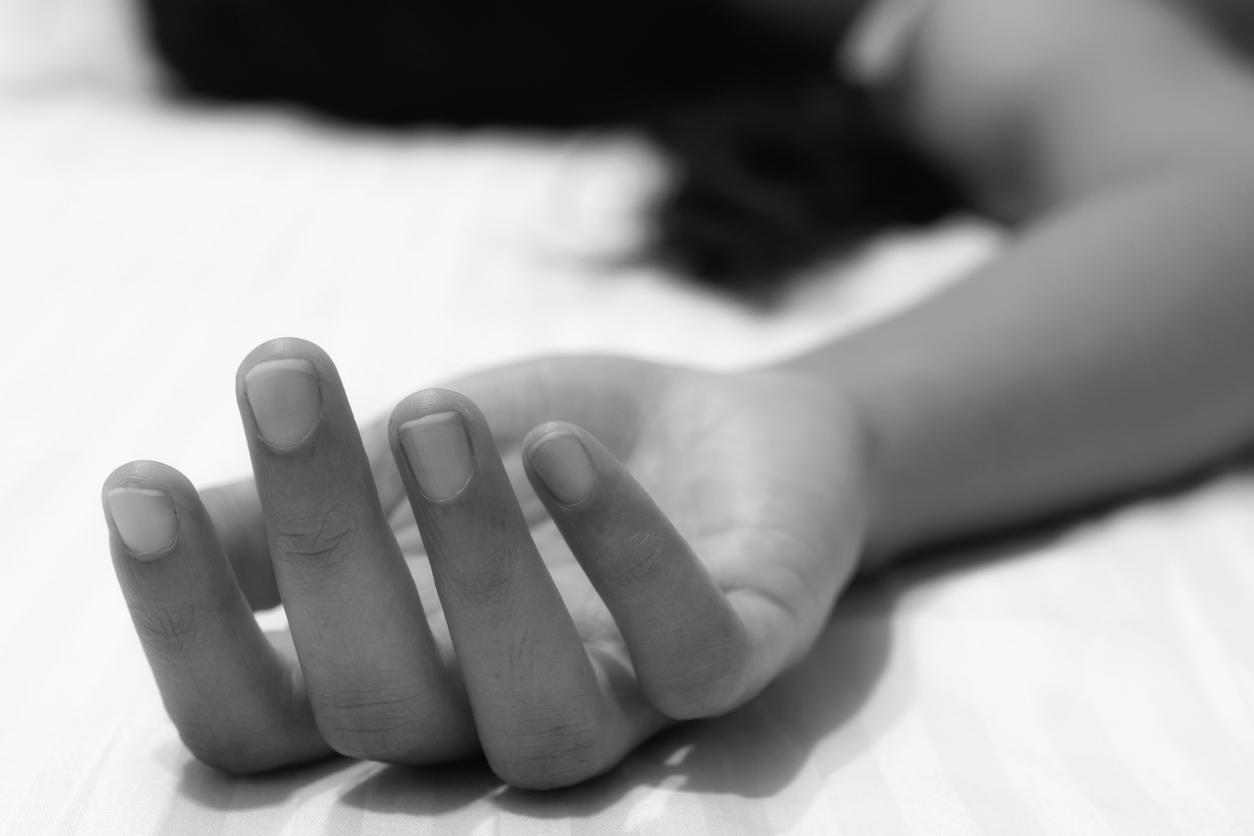Between June 1 and September 30, 597 people drowned in France, reports Public Health France in its Weekly Epidemiological Bulletin (BEH) of June 11. Each year, the DROWNING surveys list all of the “respiratory failure resulting from submersion or immersion in a liquid medium, whether or not followed by death”, as defined by the World Health Organization (WHO).
In 2018, it is therefore the equivalent of almost five people a day who died from it. Of the drownings, 406 were accidental – a figure “about stable” since 2015. These also represent the first cause of death by accident of everyday life in people under 25 years old. However, they are mostly avoidable, recalls the health agency.
A growing number
The results of the report show a 30% increase in the number of drowning cases (whether or not followed by death) over this period of summer 2018 compared to 2015, when 1,266 cases were observed. Last year, 1,649 accidental drownings have indeed been identified, with a proportion of fatal drownings of 25%. Among the latter, 40% resulted from bathing in waterways (river, pond, lake, canal), 40% at sea, 17% in a swimming pool and 3% in other places (bathtubs, basins).
The statistics show in particular an increase in accidental drownings in children under 13 : 600 cases in 2018 against 338 in 2015. On the other hand, the number of deaths did not increase. And if young children are particularly concerned, they are not the population most affected by drowning mortality. 35% of deaths recorded (137 during the summer) concerned people over 65compared to 9% (35) of those under 6 years old.
Heat and “dry drowning”
The considerable increase in accidents is explained by the authors of the report by the weather conditions of summer 2018, classified by Météo-France as the second hottest summer since 1900. A weather that would therefore likely have been responsible for an increased number of drownings.
They also mention the media coverage, particularly since 2017, of the so-called “dry” drowning. After “swallowing the cup”, water would manage to flood the lungs and ultimately cause drowning several hours or days after swimming. A concept that “is not based on any scientific or medical basis”notes Public Health France, but which could have led worried parents to seek help following the “beginning of drowning” of their child.
Good reflexes
According to 2016 health barometera French people out of seven cannot swim. Learning to swim remains one of the essential factors of prevention. Whether you feel like a fish in water or not, there are actions to limit the risks and enjoy swimming without danger:
With children:
- Swim with the kids
- Designate an adult responsible for their supervision. It must be permanent
- Equip them with armbands or buoys adapted to their age, weight and size
- Secure swimming pools (tarpaulin, partitioning, alarm)
- Remove toys from the surface so as not to attract them
- Take into account your physical shape, avoid water in case of fatigue or illness
- Swim in supervised areas and check local risks
- Gradually enter the water, to prevent hydrocution
- Avoid overeating and drinking alcohol before and during swimming. The risk of discomfort is all the greater if the water is cold or after long exposure to the sun
- Do not try to fight against the waves, in order not to exhaust yourself. If you’re tired, go for the plank position. Try to stay calm until help arrives.
Read also :
- This baby survives after 5 minutes underwater
- Drowning: a few minutes to react!
















